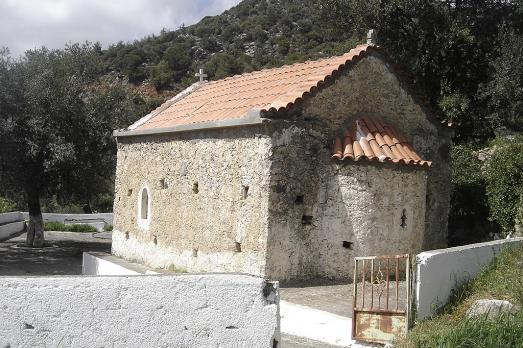
Church of Agia Anna, Pefkos
Pefkos, GR
.
Here you can search for a building to visit. You can use the map find destinations, or you can use the filters to search for a building based upon what different criteria.

Pefkos, GR
.

Ekaterini, GR
The Church of Agia Ekaterini is a church ruin within the archaeological site of the Geraki Castle.
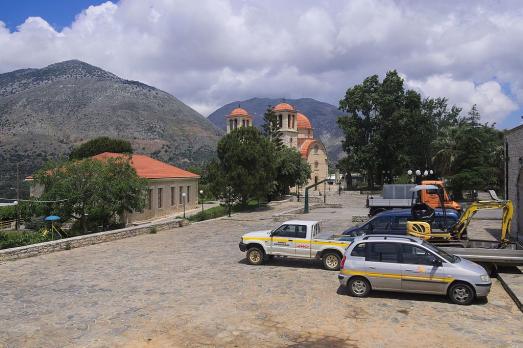
Garazo, GR
.
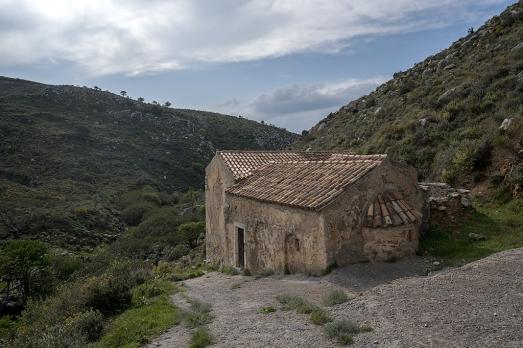
, GR
.

Geraki, GR
The Church of Agia Paraskevi is a historic Byzantine temple within the archaeological site of the Geraki Castle. It preserves some frescoes from the first half of the 15th century.
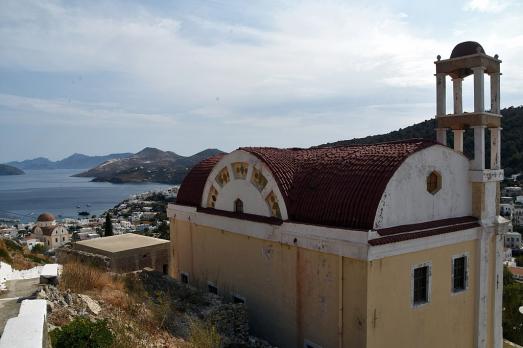
Agia Marina, GR
.

Rakita, GR
.
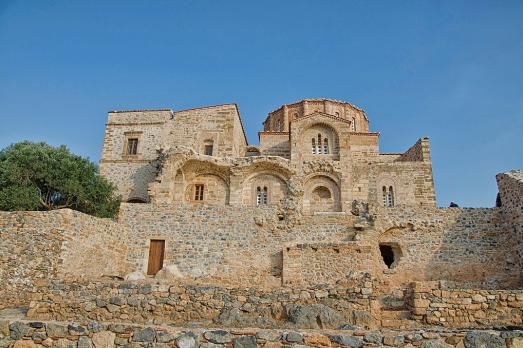
Monemvasia, GR
.
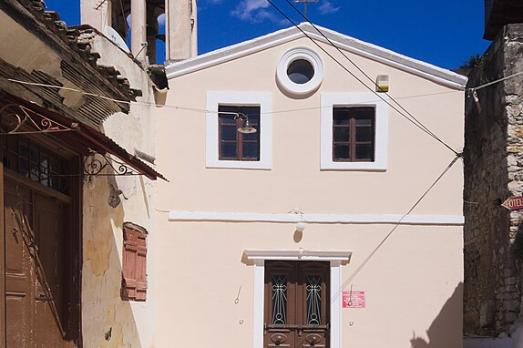
Nafplion, GR
.
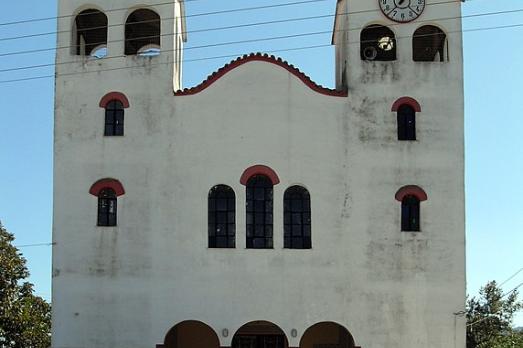
Soulinari, GR
.

new
Nestled amidst the serene landscapes of the Harz region, lies a hidden gem for nature enthusiasts and history buffs alike - the Harz Monastery Hiking Trail. Lace up your hiking boots and embark on this captivating adventure that will transport you back in time.

The Holy Mile (Miglio Sacro) of Naples is a one-mile-long itinerary, through sacred places linked to the city's patron saint, San Gennaro, in the Rione Sanità district. Discover the city from a new perspective with this unique walking tour.

As a university city, cultural offerings abound in Tartu and will reach their peak after being designated one of three European Capitals of Culture for 2024. In this list, we've compiled the most interesting sacred places to visit in and around the old town.